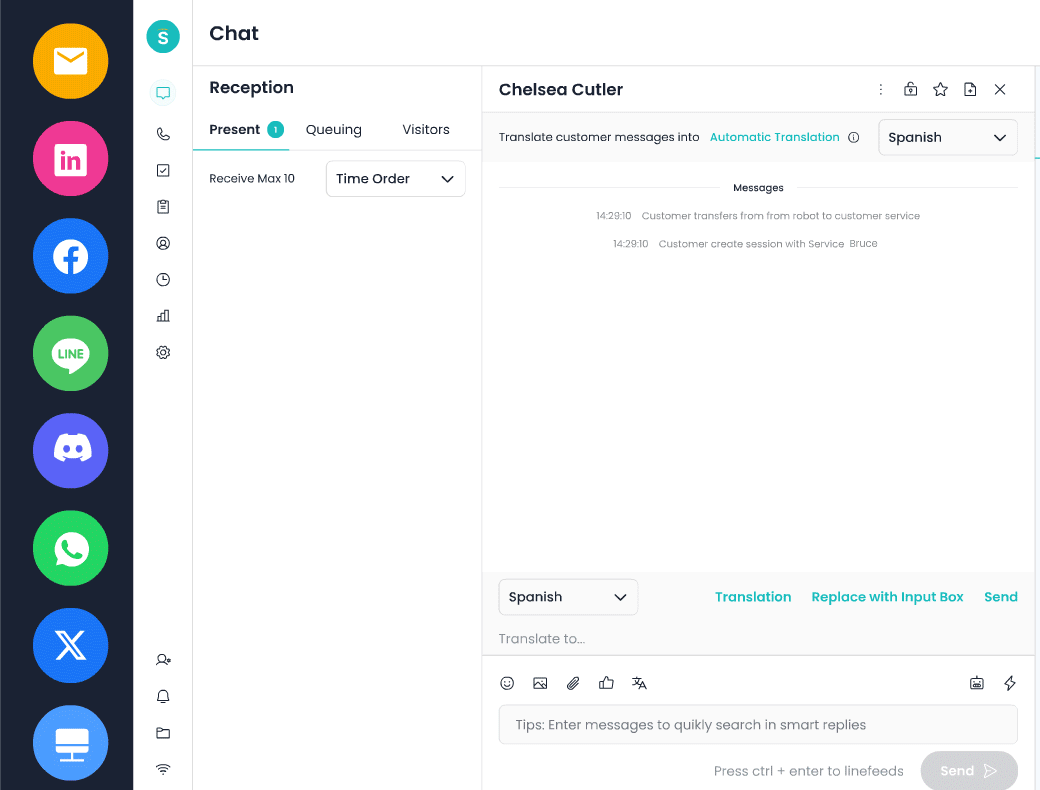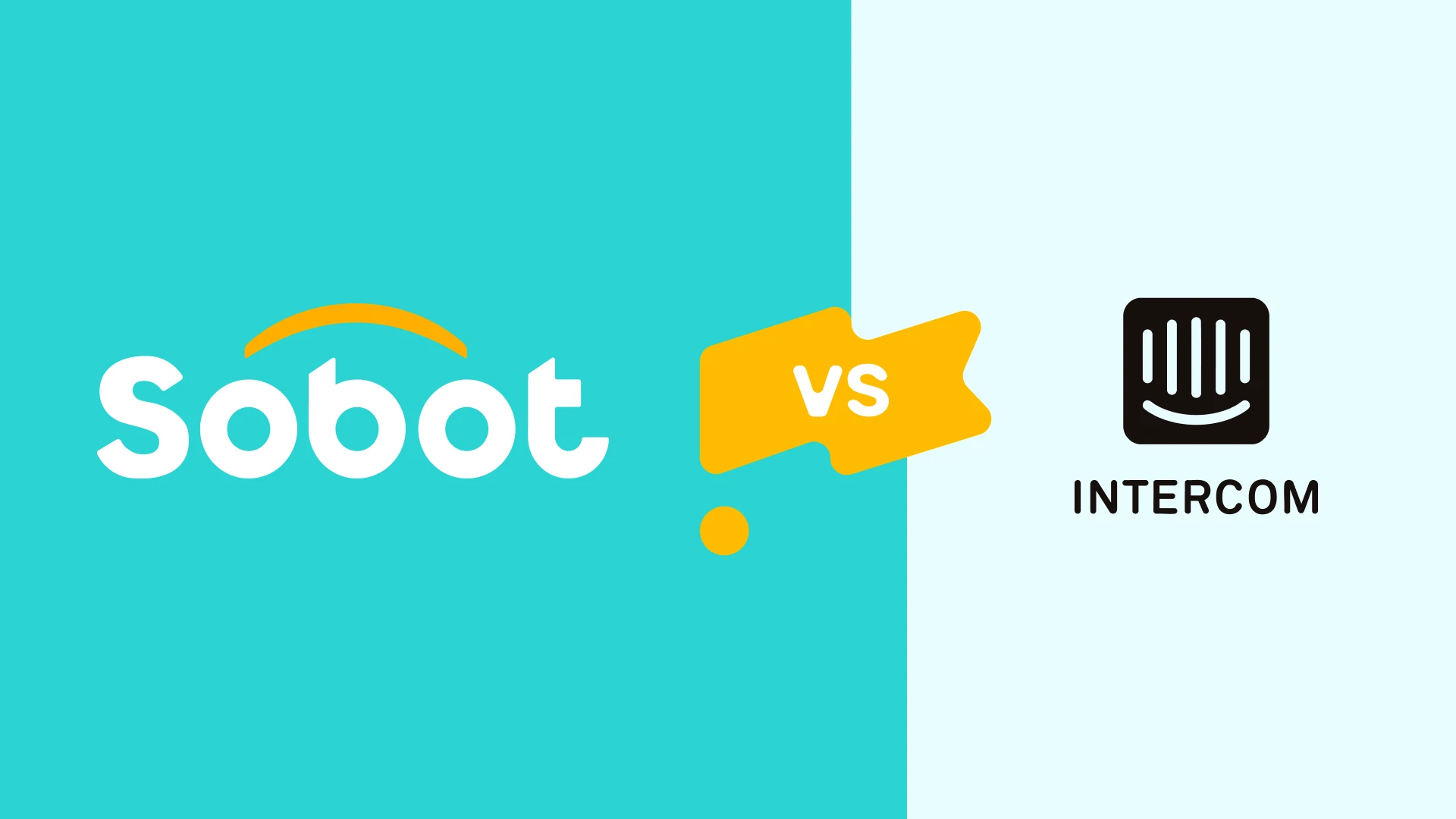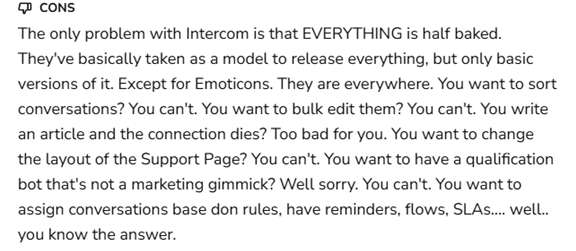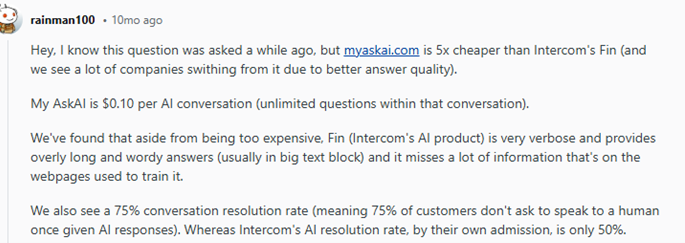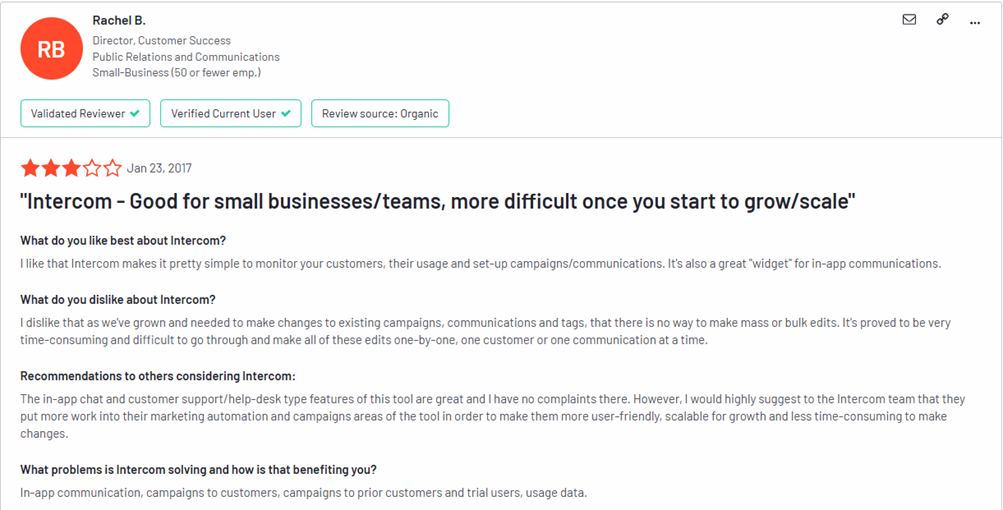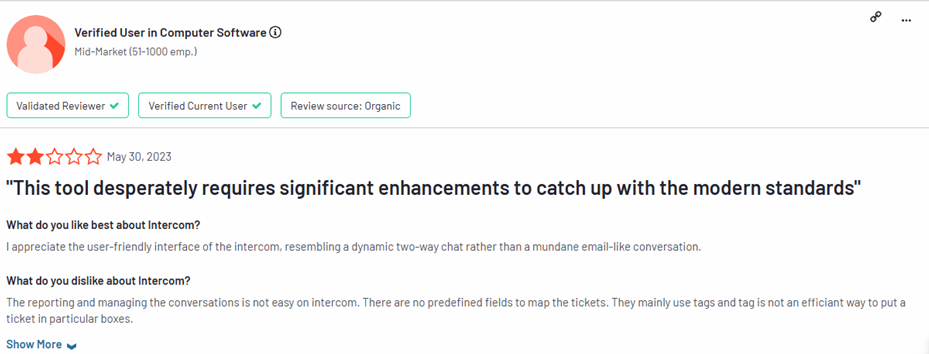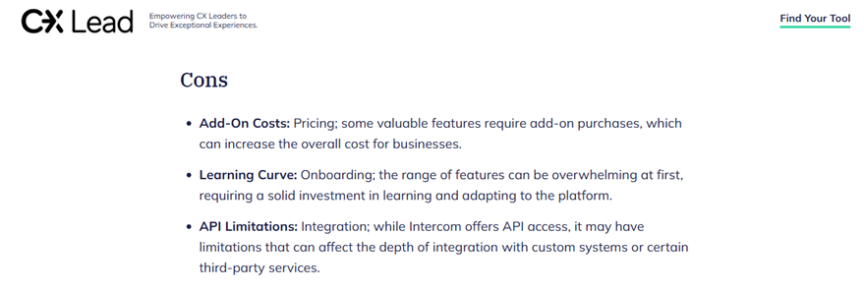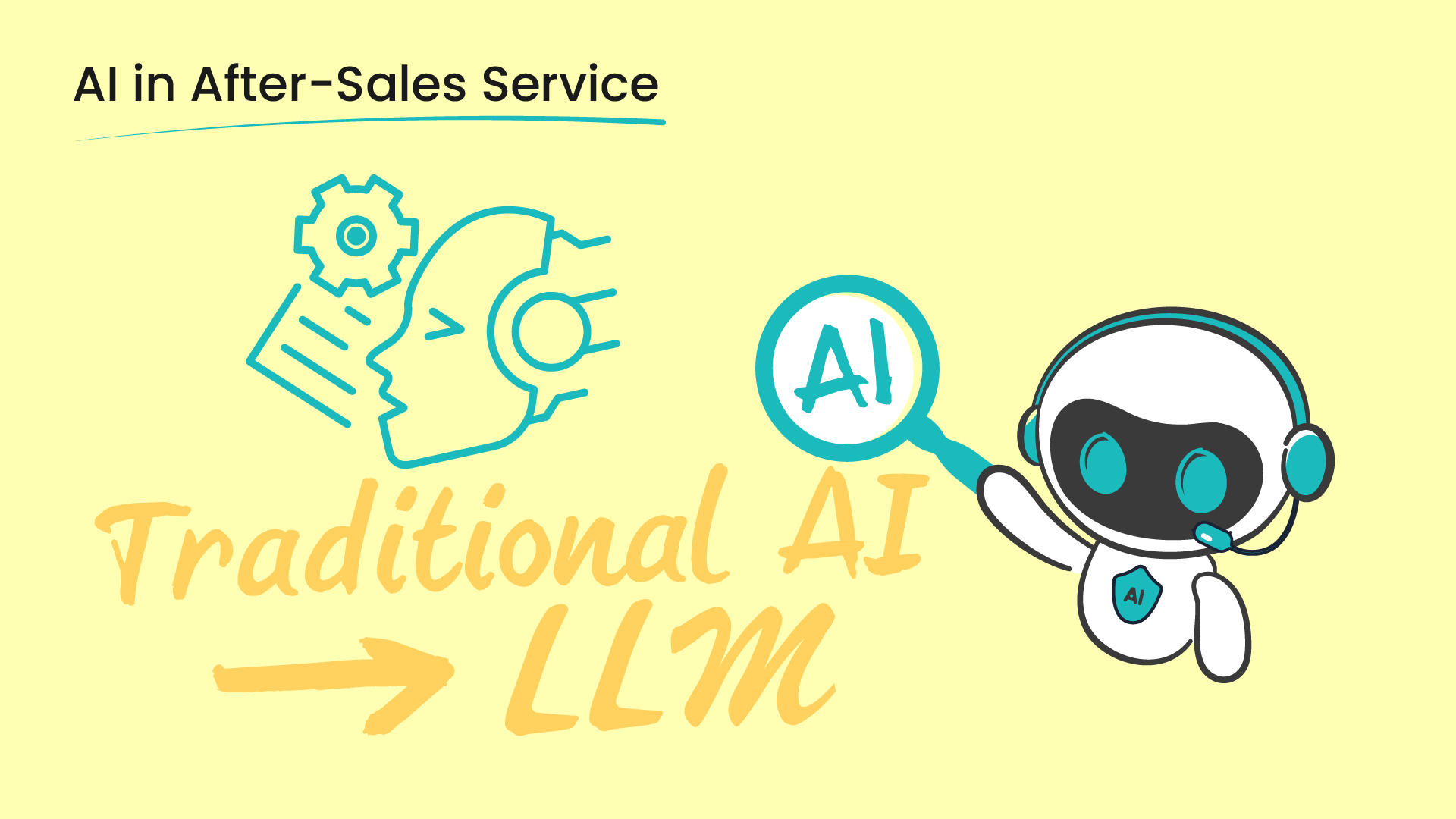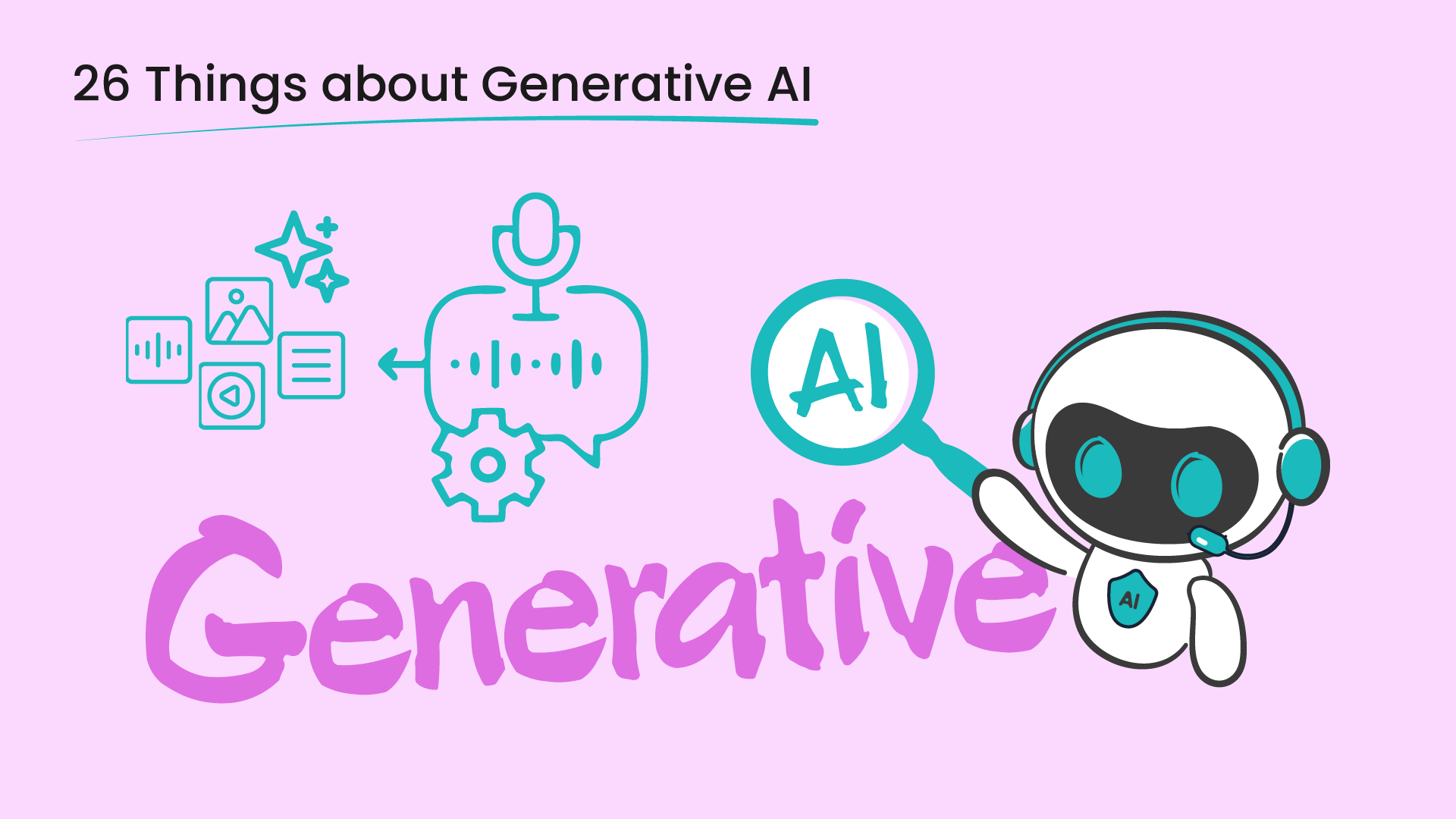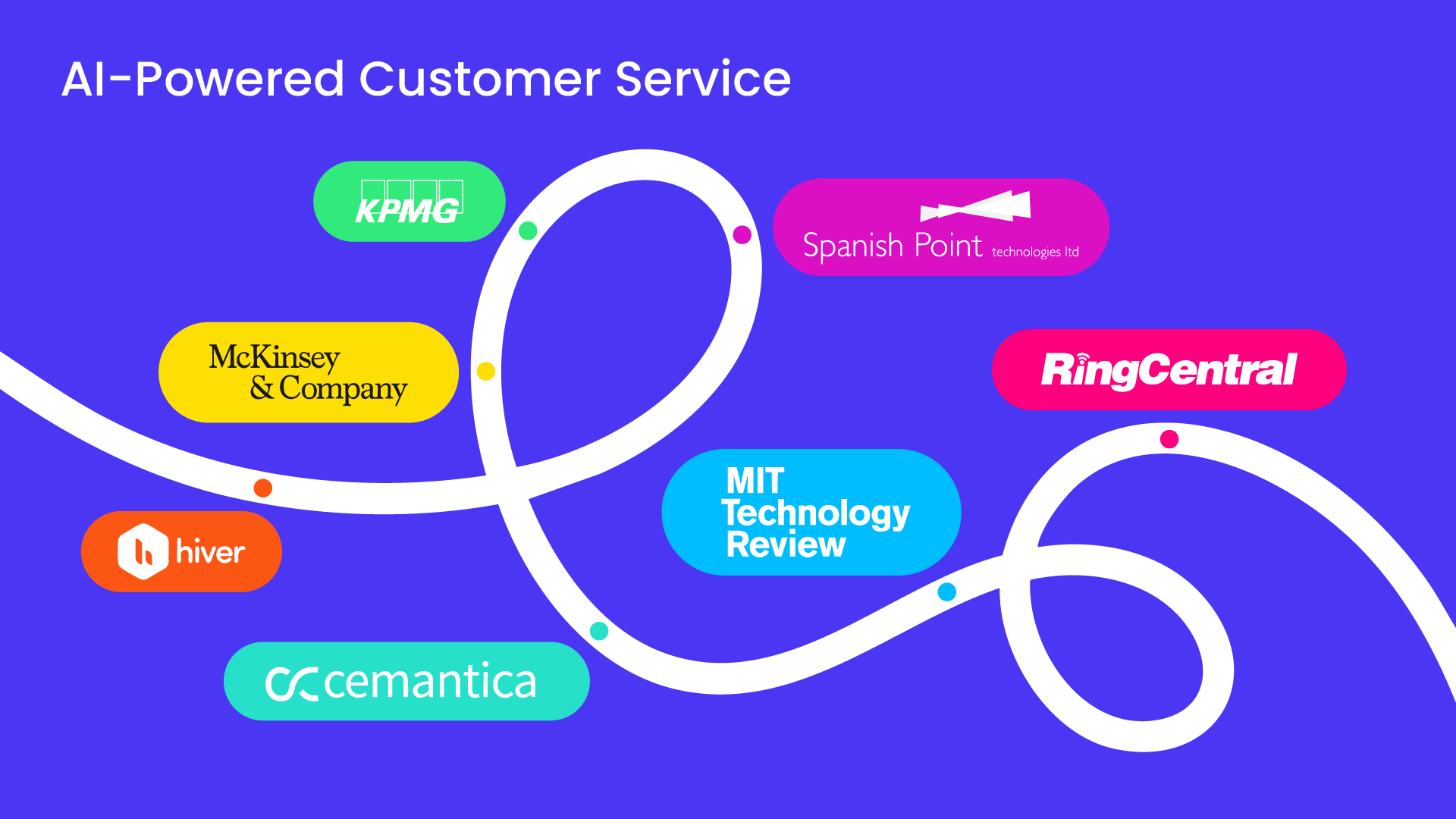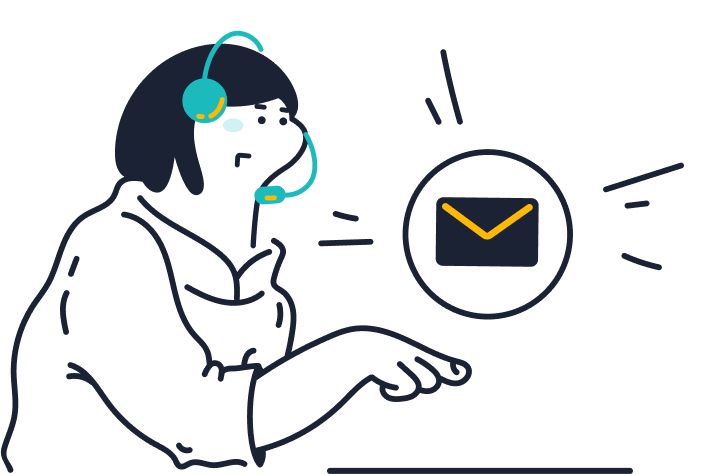In the contemporary competitive business scenario, delighting customers with a superlative customer experience is no longer a choice; it is a compulsion. Firms are increasingly relying on customer engagement platforms to smooth communication, sort out problems, and gain meaningful relationships with their customers. Of many, two of the best have emerged with some of the strengths and challenges: Intercom and Sobot.
This blog delves into the competitive advantage of Sobot over Intercom, and thus it can help businesses to pick up the right solution according to their needs.
Core Products and Solutions Offered by Intercom
Intercom is known as a powerful customer engagement platform with a set of tools for various business needs. The most notable feature includes the Intercom Messenger, a customizable chat interface for business communication with customers in real time. This tool is extensively used because it is well integrated into websites and mobile applications, thereby ensuring instant support and personal communication with clients.
Artificial Intelligence and Automation
- Fin AI Agent: Fin AI Agent is an AI-powered highly advanced customer support assistant that merges company knowledge into being able to provide accurate, real-time responses across multiple channels. The latest iteration, Fin 2, brings this kind of performance and reliability for using Anthropic’s Claude.
- Inbox AI: Enhances customer support by adding features such as AI Autofill, AI Compose, and Summarization, enabling quicker responses.
- Automation: Allows businesses to automate workflows and creates the identities of the bot, assuring seamless communication.

Integrations
- Actions: Create actions to connect your live external data to intercom.
- App Store: Manage apps and integrations to augment Intercom’s capability.
- Developer Hub: Create custom applications or extend Intercom’s features with the help of the provided platform.

Customer Engagement Channels
- Messenger: Install and customize your messenger on web and mobile.
- Email: Manage forwarding, domains, and customization.
- Phone: Set up and manage phone and messenger calls.
- WhatsApp: Install and configure WhatsApp messages from your inbox.
- Switch: Move customers from phone to chat conversations.
- SMS: Control SMS conversations and set quiet hours by time zone.
- Social channels: Manage Instagram or Facebook messages in your inbox.
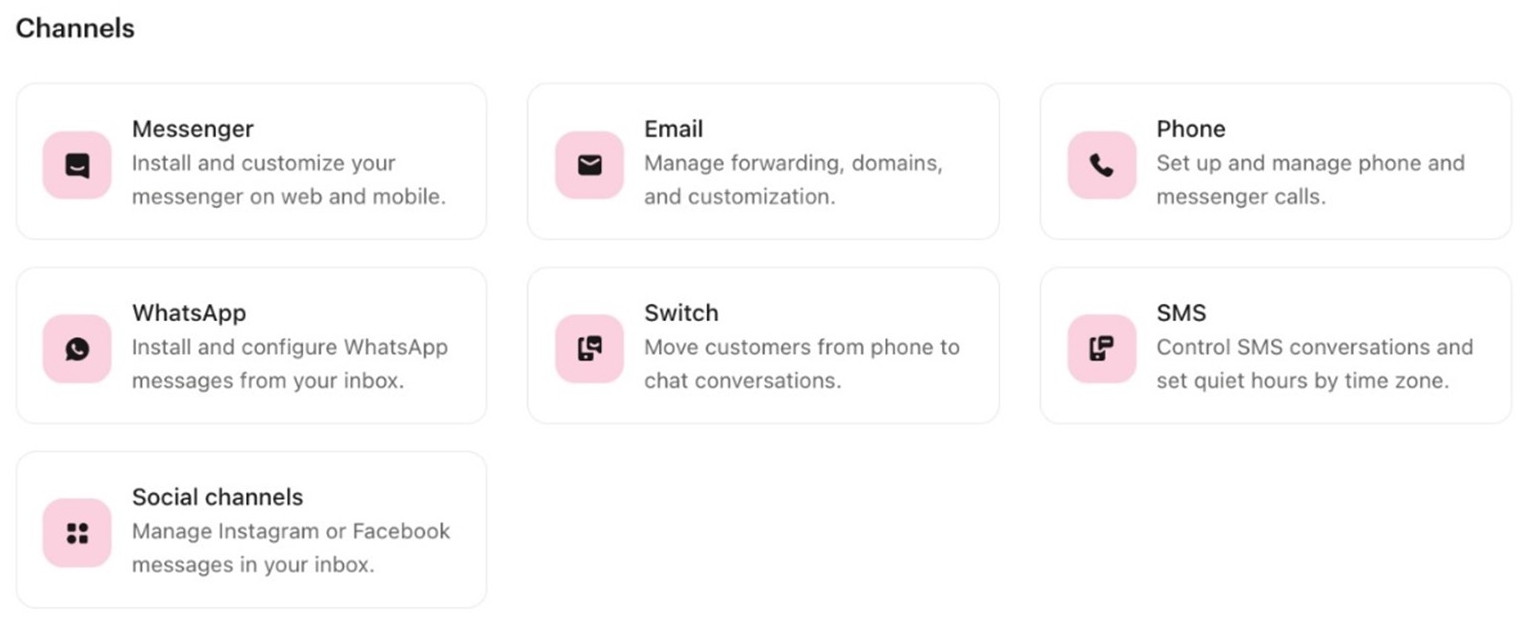
Data Management
- Tags: Manage your grouped users with live or archived tags.
- People: Set attributes, segments, events, and lead qualifications.
- Audiences: Manage your audiences for targeted messaging.
- Companies: Manage names, IDs, or segments across companies.
- Conversations: Create or edit all your conversation attributes.
- Custom Objects: Create new objects or edit your existing objects.
- Imports & exports: Import user data from Zendesk or other sources.
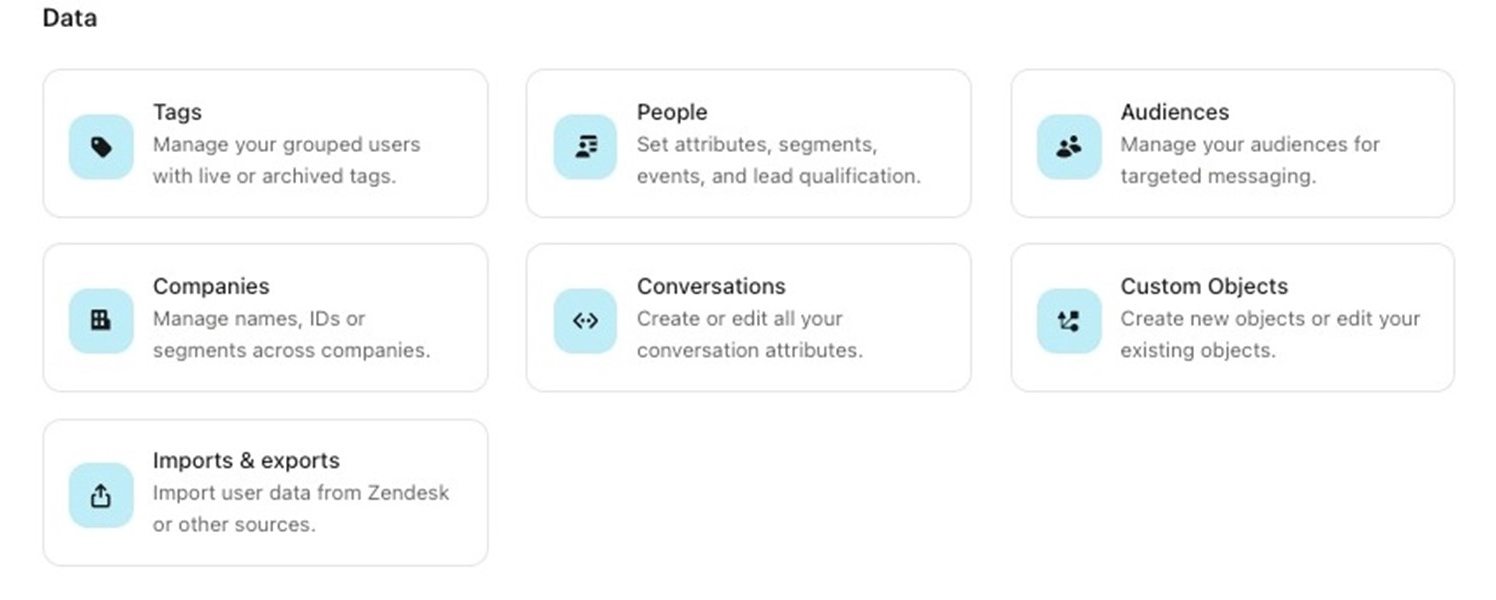
The Advantages of Intercom
Intercom provides two preponderant benefits:
Launched in 2023, Fin is an advanced AI bot powered by large language models (LLMs). The bot excels in addressing customer queries at an unbelievable speed and intelligence, raising the bar for conversational AI. Learn more about Fin here: Intercom Fin.
Intercom offers its visitor pages extensive functionality, with sections like Home, Messages, Hep, and News. This ensures of strong user interaction, an enjoyable customer experience, flawless navigation, and smooth support.
Launched in 2024, Fin 2 represents a major leap forward in AI-powered customer service. Very quickly, it can assimilate very large amounts of knowledge over time, learning from multiple sources to provide users with accurate and insightful information. The tailoring of its behavior allows it to reflect a company’s tone of voice, adhere to company policies, and keep consistency across 45 different languages. Fin 2 excels at doing things, pulling information sources to perform tasks for the customer with a highly personalized touch. The AI-generated insights also help companies keep track of and improve the quality and efficiency of their support operations, making it a very rigorous tool for streamlining customer service.
The Cons of Intercom
Even though Intercom is loaded with features, it comes with various limitations that may not fit the needs of certain businesses. These downsides are often greater than the benefit that comes with the platform, especially for small and medium-sized enterprises (SMEs) or rapidly growing companies.
![]()
1. Challenges in Pricing
Intercom is challenged by various pricing structures that make app adoption complex and expensive. Some of the more needed features, like Resolution Bot and custom workflows, can only be accessed through higher-tier plans, with most being far beyond the means of smaller businesses. The add-ons available also add to the overall pricing, which bites even further into a company’s low-budget operating territory. For instance, Starter Plan businesses are compelled to upgrade to unblock critical tools and will incur sneaky extra charges.
![]()
2. Limited Flexibility
Another drawback of Intercom is that it has a rather rigid structure. While there are plenty of features, the software’s inflexibility often does not allow for the modification of tools and workflows to match specific commercial needs. This can come as a source of frustration for businesses needing customized solutions to help streamline their operations. For example, specific businesses, if they have unique client engagement requirements, may find Intercom’s brushes unable to seclude the needs of their targeted audience and could be regarded as unsuitable for their use cases.
![]()
3. Limited AI Learning Capabilities
Intercom’s AI, especially its Fin bot, lacks learning from previous conversations. This is a much-needed feature for them to be truly contextual in their responses. Presently, they depend completely on pre-scripted articles from their knowledge base and specific question-answer pairs. This approach can bear satisfactory results; however, it requires considerable groundwork to set up and maintain for optimum performance. This is of course an expensive option, which would make it far from affordable for small companies. This limitation thus points to a lapse in the sophistication of Intercom’s AI in dynamically adapting to interactions across plentiful customers. The below review was posted on Reddit:
![]()
4. Scalability
Intercom suffers as it does not cater to the growing demands of businesses. With an organization’s growth, its requirements change; however, the cost of Intercom or the built-in feature set may not change or increase with the requirement as failsafe to proper scale.
This creates hitches, either outgrowing the platform or having to pay high upgrade fees that may not fully address their concerns. Most start-ups and growing companies need advanced automation and analytics tools that Intercom either does not have or provides at a high price.
![]()
5. Limited Reporting and Analytics
Another low point in Intercom is its reporting and analytics aspect. While the platform does provide some limited faxed insights, it fails to deliver the in-depth, action-able data that companies require to make sound decisions. For instance, a firm seeking detailed customer journey analytics and advanced segmentation tools may find a short of offerings with Intercom. This cloud does serve to cut a company very much from really banking on the promise of what’s involved in data to increase customer engagement and operational efficiency.
![]()
6. Reliance on Third-Party Integrations
Intercom’s reliance on third-party integrations for some of its features is one of its major drawbacks. Instead of providing solutions inherent to the platform, the product expects the user to rely on third-party tools to get around the lack of features. Besides complicating workflows, it adds operational dependencies that could collapse a company with the performance dragged down by a third-party provider’s problem. Multiple integrations also bring added costs and administrative headaches into the mix.
![]()
7. Customer Service Issues
Numerous users have voiced their negative experiences with the customer service offered by Intercom. They range from delayed replies up to non-resolved issues, which can be of crucial importance for companies within the operating norm. Bad support is believed to create distrust and an additional burden on the already-challenged users dealing with the problems levied onto the platform.
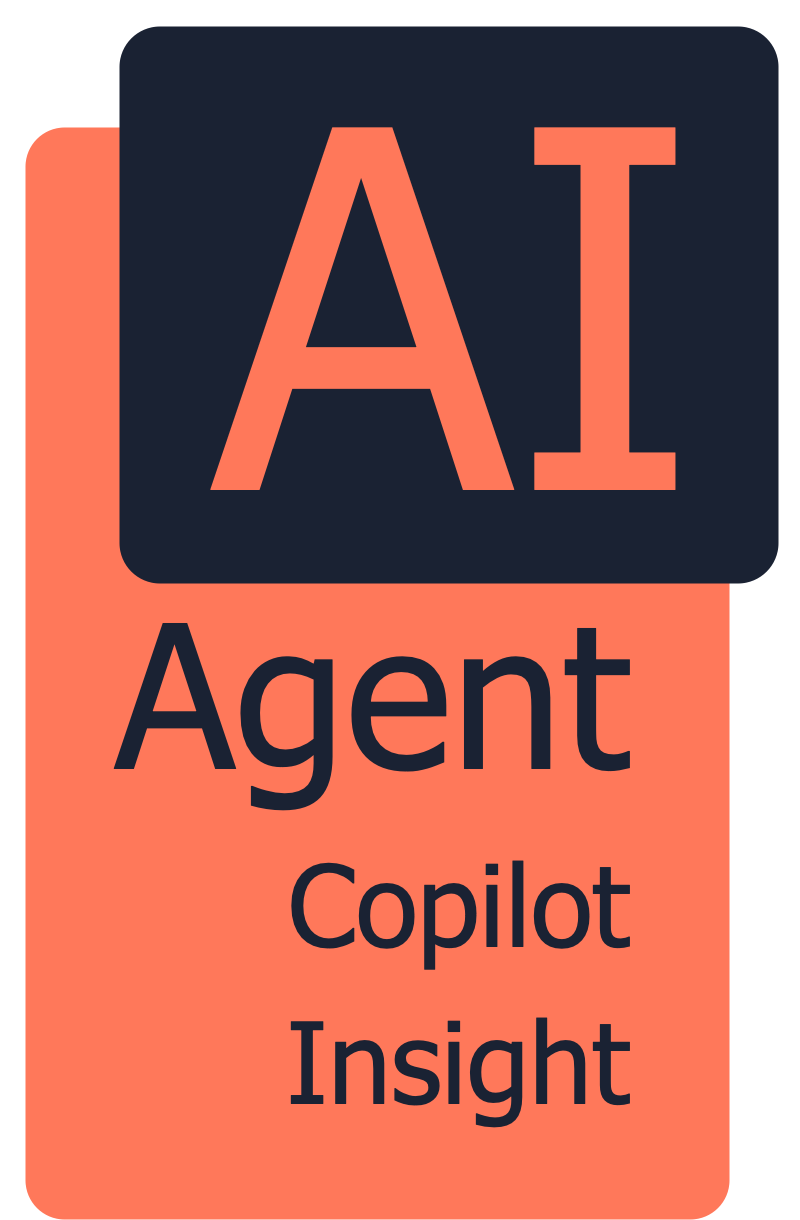
Need for Alternatives
These disadvantages have pushed several companies to scout for alternative customer engagement platforms that are easier, cheaper, and more user-friendly. They address those loopholes with a better price, flexibility in the form of workflow structuring, and very intuitive interfaces, making them a better alternative for covering areas across the spectrum between start-ups and much established.
Introducing Sobot: A Multifaced Challenger
Sobot has become one of Intercom’s strongest competitors and offers the most comprehensive suite of tools to address the diversified needs of modern businesses. It is an attractive option because it is affordable, customizable, and easy to use for companies of all sizes.
One of Sobot’s major strengths is its AI-driven chatbots, which respond to complex queries quickly and efficiently. These chatbots are designed to reduce response times so that support becomes seamless for customers, increasing satisfaction. Another significant feature of Sobot is its omnichannel communication. It can fit seamlessly across channels like email, chat, and social media, thus ensuring a unified customer experience.
The company also provides its main products, which are robust auto-dialer solutions. These solutions automatically dial outbound calls, making it easier for businesses to reach customers quickly. Sobot provides fully customizable dashboards based on any user’s specific requirements and preferences.
Why Sobot Leads Intercom
Sobot addresses most of the pains associated with Intercom and also offers several advantages that make it a better bet for businesses looking for an effective customer engagement platform. For example, Sobot pricing is transparent and affordable; therefore, Sobot is accessible even to small businesses and middle-sized enterprises since they might be priced out by the cost of using Intercom. On personalization, Sobot offers full options that a business may wish to utilize to tailor the tool specifically to meet its needs or requirements.
Another area in which Sobot excels is ease of use: its intuitive interface eliminates the steep learning curve usually associated with Intercom and so gets teams up and running quickly. The customer support from Sobot has also been much appreciated for being prompt and reliable.
Sobot also has differences that differentiate it from Intercom. Sobot outshines in the flexibility of giving extensive solutions to the ever-growing need for customer support. In comparison to other platforms, which focus on online-only text chat functionalities, Sobot thrives on advanced features across all channels addressing online chat, voice, and call-based communications. With this multichannel nature of functioning, Sobot guarantees that customers get tangible experience, no matter how these communications are expressed. Having this in mind, Sobot creates a universal solution for different needs in customer support, which is consequently more flexible and adaptable for our times.
Comparative Analysis: Sobot vs. Intercom
Though Intercom offers a full suite, its high price, stiff flexibility, and complicated use disqualify it from other businesses. In contrast, Sobot is priced reasonably, offers an alternative for customization, and is well-designed for users, making it a more practical, available solution for organizations looking into scalable and efficient solutions.
For example, any company focused on AI abilities will find Sobot more effective and versatile than Resolution Bot from Intercom when it comes to chatbots. Similarly, companies can achieve seamless integration among various channels using Sobot by eliminating the necessity of multiple third-party tools. This can be summarized in a table as:
| Feature | Sobot | Intercom |
| Pricing | Affordable and transparent | Expensive with hidden costs |
| Customization | Highly customizable | Limited flexibility |
| Ease of Use | Intuitive and user-friendly | Complex and overwhelming |
| AI Capabilities | Advanced AI-driven chatbots | Intercom promotes AI as a game-changer, but its Fin AI Agent often struggles with complex queries, requiring human intervention more than expected. |
| Third-Party Tools | Limited integrations | Extensive but dependency-heavy |
| Customer Support | Reliable and prompt | Criticized for inefficiency |
Pricing: A Comparative Insight Between Sobot and Intercom
Pricing is critical when it comes to choosing a customer engagement platform for businesses. Intercom’s pricing has been criticized for being complex and opaque. The pricing model is subscription-based with three core plans:
- Essential Plan: Starting from $29 per seat per month for individual users, startups, and small businesses, this plan provides shared inboxes, Fin AI Agent, ticketing systems, Fin AI Copilot, macros, AI Compose, public help center, unlimited articles, basic automation, and proactive support.
- Advanced Plan: The plan targeted toward growing support teams is priced at $85 per seat per month. It includes everything provided in the Essential plan plus team inboxes, AI Autofill, AI Summarize, tickets portal, private help center, side conversations, multilingual help center, and workflows for advanced automation.
- Expert Plan: With a price tag of $132 per seat per month, the Expert Plan is recommended for large support teams and encompasses everything available in the Advanced Plan while adding multiple help centers, workload management, multi-brand messenger, single sign-on, and real-time dashboard.
The pricing model of Intercom becomes more complex with some central add-on costs. Add-ons such as product tours and AI-powered tools may, by a large margin, hike up overall costs.
Sobot’s basic plan comprises AI omnichannel chatbots and customizable dashboards, while the premium plan remains affordable for businesses of all sizes. This straightforwardness has poised Sobot as a more predictable, budget-friendly solution for many organizations.
The choice of customer engagement platform is crucial for any business. Intercom has been leading the industry for a long time. Still, its prices are too high, it has limited flexibility, and it is not user-friendly, which makes it less favorable for many organizations.
Sobot, on the other hand, offers a great alternative to addressing these shortcomings. At such affordable prices, enormous customizations, and advanced features, Sobot is highly scalable and user-friendly for modern businesses. Sobot is indeed the number one choice for companies desiring an increase in engagement with their customers within a more budget-friendly strategy because the company has this innovative approach to value, making them stand out over others when it comes to the choice of customer engagement.

FAQs
![]()
Who is Sobot? What are the main products and advantages of Sobot?
Sobot is a leading provider for contact center solution, also called customer service software or customer support platform.
We provide various products to help businesses in the following aspects:
- Connect customers from all channels, including e-commerce platforms like Amazon and Walmart, social media like Facebook, Instagram, WhatsApp, Line, and WeChat, official websites based on Shopify/WordPress/Wix, as well as Apps, emails, SMS, and more other channels.
- Efficiently receive customers in any form and at anytime.
- Customer data storage or integration for proactive outreach.
- Overall management, including process monitoring, quality inspection and data statistics. Sobot provides over 300 statistical reports with thousands of indicators, which may be the most comprehensive in the industry.
In summary, Sobot provides integrated, omnichannel and intelligent customer service with quicker response and lower price.
What’s the difference between Sobot and other competitors like Zendesk, Intercom, Genesys, Gorgias, Tidio, Live Chat, Chat Daddy, Sleekflow and Helpdesk?
They are also great providers, but they often just focus on a single core product.
For example, Zendesk’s ticketing is great, Intercom stands out for its intelligence, Genesys only has call center, Gorgias mainly serves Shopify enterprises, Tidio is suitable for small and medium-sized companies, Live Chat does not have call center and its intelligence level is average, Chat Daddy and Sleekflow mainly use WhatsApp API, and Helpdesk only has ticketing.
But Sobot provides an all-in-one customer contact solution, which integrates all customer channels and communication methods in the same service platform, so that managers do not need to purchase multiple systems to check data separately.
In addition, Sobot has still other 2 advantages:
- Timely service: You can always find our sales and pre-sales reps, customer success managers, and even product managers anytime.
- Lower price: Sobot’s price may only be half or even lower than others without any hidden charges.
Does Sobot provide a free trial? Can I book a demo meeting?
Yes, you can register now to have a 15-day free trial of all products.
You can also click on the online consultation at the lower right corner to book a demo meeting for more details.
How can I see more information about Sobot?
![]()
Reference Articles:
Intercom Review: Revolutionize Customer Support with AI-Driven Efficiency
2900+ Reviews from the Intercom Community
Intercom Review: 7 Key Features, Pros & Cons Uncovered
Data Loss Prevention Guide for Intercom
(The information in the article is collected from public channels. If the data or pictures are infringing or inaccurate, please contact us to delete or modify them.)
